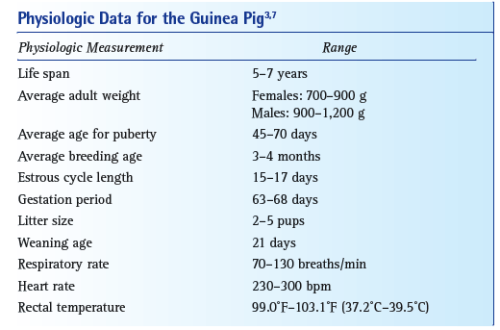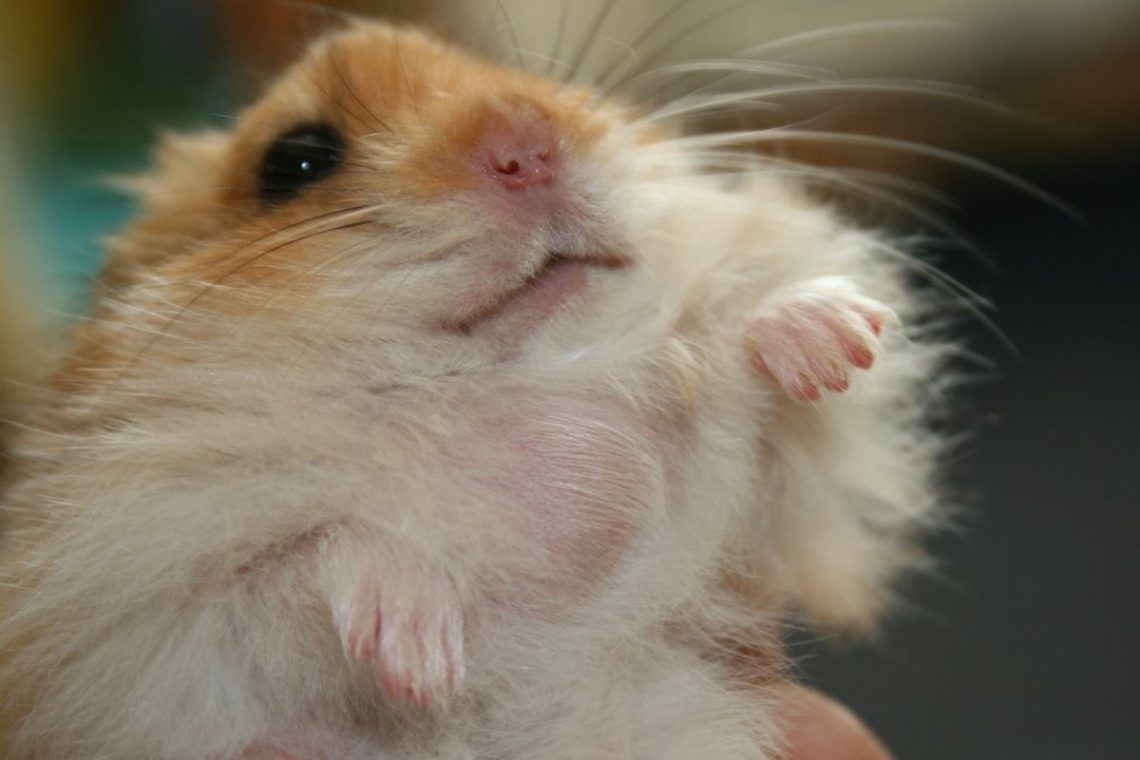
Tumor in a hamster: causes and treatment (bumps on the neck, abdomen, sides and other parts of the body)
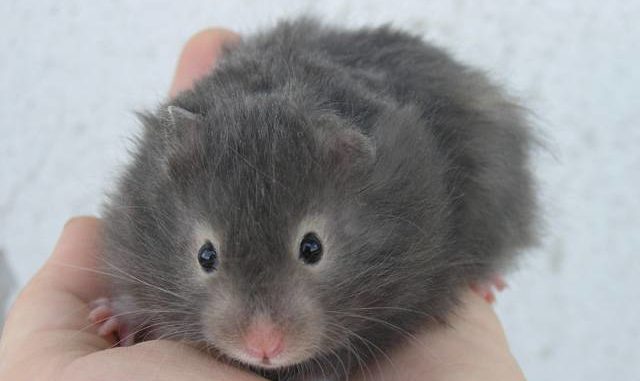
Having noticed a tumor in a hamster, the owners are often perplexed – what happened to the pet, where did this attack come from in a healthy, active animal. Few realize that it could be cancer. Tumors in hamsters are almost never found under the age of one year, but among animals over 2 years old, oncology is very widespread.
Contents
Cancer is not always cancer
A qualified specialist in a veterinary clinic should make a diagnosis, but not everyone has the opportunity to get an appointment with a ratologist. A preliminary conclusion can be made based on the localization of education:
- if the hamster has a bump on the neck, it may be an inflammation of the lymph node;
- a tumor on the abdomen in most cases is a neoplasm of the mammary gland;
- swelling of the cheek and swelling of the muzzle suggest a problem with the teeth or cheek pouches;
- swelling on the head, forehead, or back may be the result of a hamster fight or other injury.
When examining the animal, one should remember the location of the marker glands in males, which are often mistaken for a sore.
In the Djungarian hamster, it is located on the stomach, yellowish and covered with crusts. The Syrian hamster has two of them, symmetrically on the sides, in front of the hind legs. They look like a black oval bald spot. This is a normal anatomical formation, and there is nothing to treat here, but observation will not be superfluous: hamsters often have inflammation or a neoplasm of the scent gland.
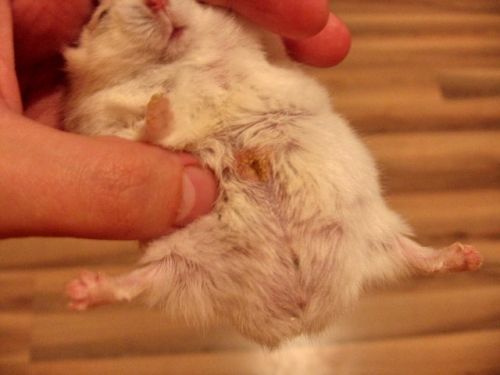
The growths in the ear are also not always a malignant tumor. Hamsters otitis (inflammation) of the middle ear may be accompanied by proliferation of tissues like a cyst. In this case, the growths are filled with pus, an unpleasant odor comes from the ears. Treatment – antibiotics locally and systemically, but otitis media often recurs again and again, not completely cured.
Hamsters can get sick papillomatosis – a viral infection that causes the formation of dense warts on the skin of a characteristic type due to the accelerated growth of the epithelium. Papilloma rarely has to be surgically removed: it is a benign formation, and when the body copes with the virus, self-healing may occur.
Abscess in a hamster
As a result of fights or other injuries, purulent inflammation may occur, which looks like a limited swelling. A bump on the side may well be an abscess, not cancer. At first it is hard and painful, and the skin is red and hot to the touch. Then the tumor softens, fluctuation appears. Hair may fall out. At the final stage, the abscess spontaneously opens and a wound appears, from which pus flows.
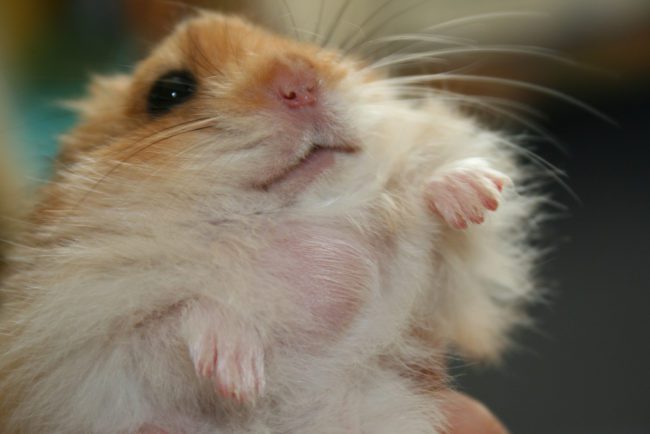 With an abscess in a hamster, treatment consists in the use of systemic antibiotics (“Baytril 2,5%” subcutaneously 10 mg / kg of body weight). Surgical treatment of the wound is necessary: opening the abscess, cleaning the cavity and washing with an antiseptic. The wound is washed every day and protected from re-infection.
With an abscess in a hamster, treatment consists in the use of systemic antibiotics (“Baytril 2,5%” subcutaneously 10 mg / kg of body weight). Surgical treatment of the wound is necessary: opening the abscess, cleaning the cavity and washing with an antiseptic. The wound is washed every day and protected from re-infection.
If the abscess is not properly treated, the process becomes chronic, and a fistula appears that will be difficult to heal.
Tumor on the cheek of a hamster
A particular case of an abscess is an inflammation of the cheek pouch, the most likely cause of a swollen cheek in a hamster. The wound occurs from the inside, with a sharp object or inappropriate food: wood chips, dry pasta, seeds and nuts in the shell, hay. An infection enters the wound and suppuration occurs.
When a pet’s cheek is swollen, it is better not to hesitate to visit a doctor. Purulent inflammation spreads to the surrounding tissues, and next to the cheek are the most important structures: eyes, ears and brain. The pain does not allow the baby to eat, and the animal quickly weakens.
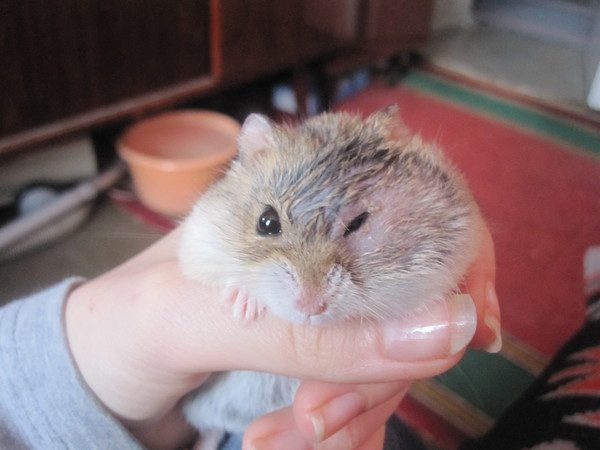
If the cheeks of the animal are swollen symmetrically, they must be gently massaged towards the muzzle. Then the hamster will reflexively throw out the contents of the cheek pouch, and it will be clear if there is a problem. While maintaining the seal, the contents are checked by pulling the edge of the lips with a hand or a stick and at the same time pressing on the cheek under the ear. This should be done by firmly fixing the hamster and trying not to damage the mucous membrane.
Sometimes it makes more sense to treat a swollen cheek in a clinic, under anesthesia. The doctor will be able to completely turn the cheek pouch, remove foreign objects, rinse with an antiseptic (an aqueous solution of furacilin, chlorhexidine), open the abscess and free the cavity from pus.
When a hamster has a lump on his cheek, in addition to the cheek pouches, the doctor must check the bite of the animal.
In rodents, teeth grow throughout their lives, and should grind down normally. If this does not happen, the molars grow excessively – this is called malocclusion.
With dental problems observed:
- loss of appetite (or complete refusal of food);
- discharge from the nose or a swollen eye;
- abscess on the cheek, swelling.
If the length of the teeth is not adjusted, the hamster will die.
A tumor in a hamster’s neck can also indicate an inflammatory process in the oral cavity – then the nearest, “barrier” lymph node increases and looks like a hard bump in the area under the lower jaw. Lymph nodes also increase with a systemic infectious disease.
What to do if a hamster’s paw is swollen
If the pet’s paw is swollen, then the first suspect is a closed fracture of the hamster’s paw.
An accurate diagnosis can be obtained by taking a good quality digital x-ray. True, this is more of a scientific interest – neither an operation nor a cast in a veterinary clinic will be performed, only complete rest is prescribed.
What to do if the paw is swollen, and the cause is not known:
- Plant in a small container with solid walls and no bars.
- Use paper towels instead of bedding.
- Dosed full feeding, monitor the presence of appetite.
- Examine the animal, checking if a wound has appeared on the paw. Sometimes, even with open fractures, sticky hair makes it difficult to see the wound. In the event that the animal fought with a relative, or got hurt otherwise, a bump on the paw may turn out to be an abscess. Then the abscess sooner or later opens up, and it is treated like an open wound, washed daily with an antiseptic.
In the most unfavorable variant, the tumor on the paw turns out to be osteosarcoma. This is a malignant oncological disease that progresses rapidly and cannot be treated.
Over time, the paws are no longer visible, the entire limb is a tumor mass, passing on to the body of the animal. Osteosarcoma is more common in older animals (1-2 years).
Why do hamsters have big testicles?
Inexperienced owners after the puberty of the male begin to sound the alarm, figuring out what to do if the hamster has too large testicles. But large, relative to body size, testes in rodents are a common occurrence. In a Syrian hamster, they become noticeable (a pair of tubercles in the lower abdomen) at the age of 2 months, and after another month, the hair thins on them and you can see that the testicles have greatly increased. Hamsters can have unilateral cryptorchidism – when one testicle has descended into the scrotum, and the second remains in the abdominal cavity. Then the swelling in the tail area will be one-sided.
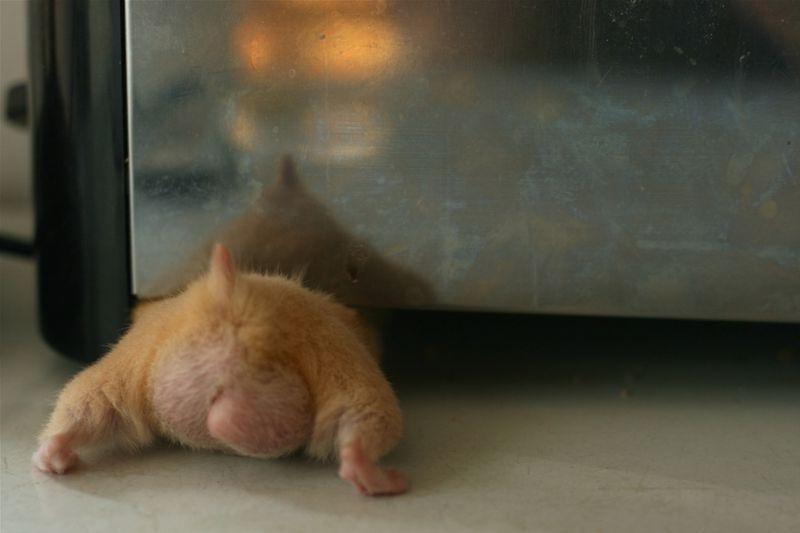
Consider possible reasons why a hamster’s testicles are swollen.
Sexual maturation
When the animal is ready to breed, seminal fluid accumulates in the testicles. Often, a “swelling on the pope” in a young Dzungarian turns out to be a male dignity of normal size.
Hormonal disbalance
Most often when kept in the same room (but in different cages) male and female.
Inflammatory process
Red and hot skin on the testicles, signs of soreness – these are signs of infection, orchitis. Treatment is with antibiotics, but not always successfully.
Oncology
There are both benign and malignant tumors of the testicles (seminoma). Regardless of the type of formation, the only treatment is the removal of the affected organ (castration) under general anesthesia. Oncology is characterized by a unilateral lesion, in contrast to orchitis.
Surgical intervention
If a tumor is found in a pet, it is necessary to take risks and agree to surgical removal. Formations in rodents grow rapidly, the skin does not withstand and bursts, forming a fetid, non-healing ulcer. The tumor mass prevents the animal from moving, sometimes the hamsters themselves try to gnaw off the foreign tissue and die from blood loss. If a limb is affected by cancer, amputation is the best way out. If the tumor is on the body, it must be removed while it is still small, otherwise it will be difficult for the surgeon to close the skin defect after removal.
The use of inhalation anesthesia in recent years has increased the survival rate of rodents after surgery. The doctor must be experienced with rodents, making sure that the tiny body does not become cold during anesthesia. A starvation diet before surgery is not prescribed, and is even harmful.
Removal of the tumor itself will not cure the hamster, it will remain sick and may die from tumor metastases to other organs (lungs, liver). But it can improve the quality of life.
If internal organs are affected by oncology, this can only be guessed from the symptoms or asymmetry of the abdomen. The operation in this case does not make sense and the operation is reduced to euthanasia on the surgical table.
Conclusion
Cancer in hamsters is not treatable due to the short life span of these animals. They do not tolerate surgery, anesthesia itself, and any medications. Although they operate on everyone, even hamsters of the jungars. Finding out that the hamster has a lump on its stomach, you should show it to the doctor. The specialist will help to distinguish the tumor from inflammation or natural formations.
tumors in hamsters
4.1 (82.14%) 28 votes



